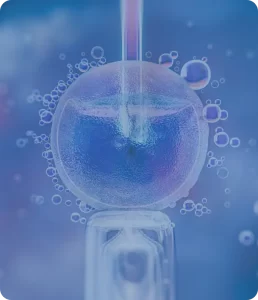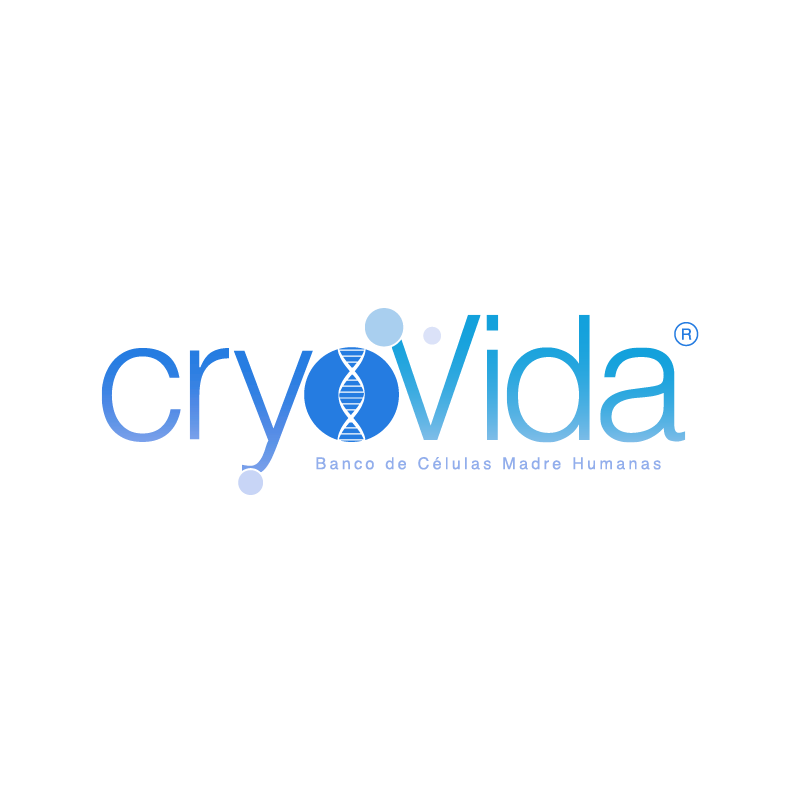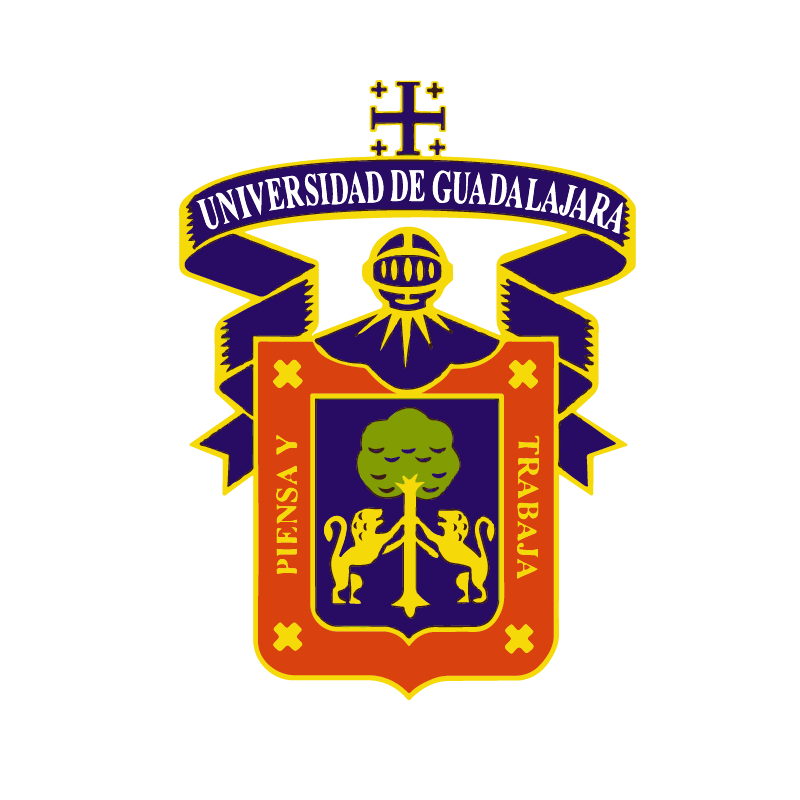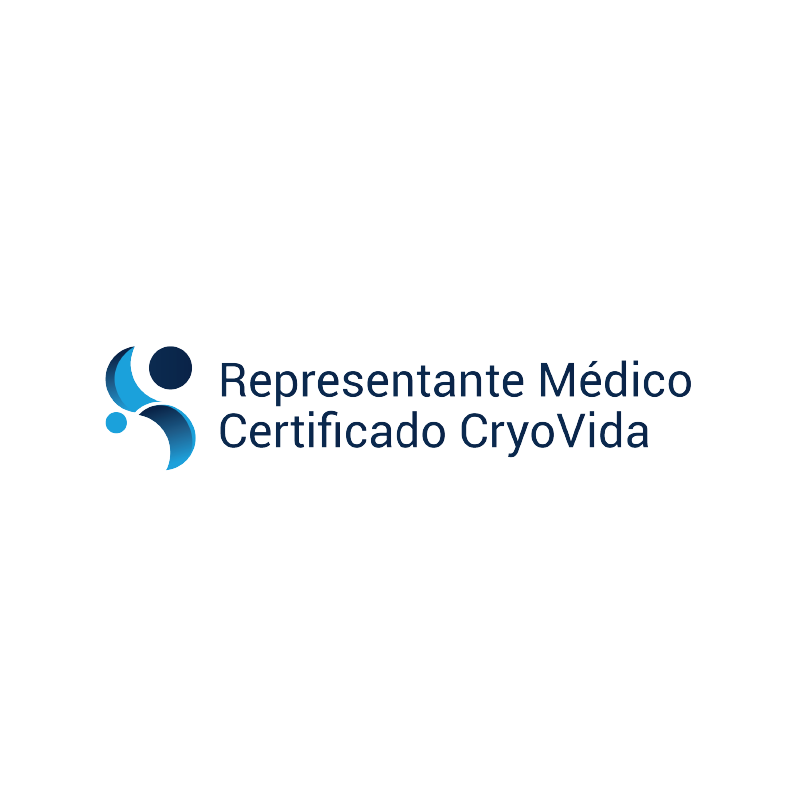Human Stem Cells are undifferentiated cells with the capacity for self-renewal, responsible for regenerating existing tissues, organs and cells in multicellular organisms through a mechanism called differentiation. They can be obtained from different fabrics, among the most studied are:
1. They promote the formation of new blood vessels
2. They activate the growth and reproduction of the cells of each tissue
3. They inhibit cell death
1. Regulate inflammation
2. Increases the potential of the immune system
3. Help in autoimmune diseases
1. They do not cause rejection
2. They do not produce an allergic reaction
3. Anyone can receive them
1. They promote the formation of new blood vessels
2. They activate the growth and reproduction of the cells of each tissue
3. They inhibit cell death
1. Regulate inflammation
2. Increases the potential of the immune system
3. Help in autoimmune diseases
1. They do not cause rejection
2. They do not produce an allergic reaction
3. Anyone can receive them
Cell therapy is a multidisciplinary medical branch in which various areas of biology come together. It is based on the application of mesenchymal stem cells with the aim of optimizing the regeneration, maintenance and repair processes of our tissues. The histocompatibility properties of cell therapy make it a safe therapy since it does not express these complexes, our immune system does not generate any type of rejection.
There are multiple application routes to perform this type of treatment: intra-arterial, intrathecal, intralesional and intravenous, intravenous being the most common for application since it will only take 5 to 30 minutes to perform in the comfort of a clinic or office, making it completely outpatient.
However, the cellular dose and the number of applications will depend on the type of disease and the patient’s progress in treatment.
Human Stem Cells have regenerative capacity with a high success rate restoring the functionality of tissues and organs, however, the degree of regeneration and improvement will depend on each individual patient.
In some patients, improvement ranging from 30% to 90% in symptoms has been documented.

Cell therapy is a multidisciplinary medical branch in which various areas of biology come together. It is based on the application of mesenchymal stem cells with the aim of optimizing the regeneration, maintenance and repair processes of our tissues.
See more
However, the cellular dose and the number of applications will depend on the type of disease and the patient’s progress in treatment.
Human Stem Cells have regenerative capacity with a high success rate restoring the functionality of tissues and organs, however, the degree of regeneration and improvement will depend on each individual patient.
In some patients, improvement ranging from 30% to 90% in symptoms has been documented.
Existen múltiples vías de aplicación para realizar este tipo de tratamientos: intraarterial, intratecal, intralesional e intravenosa, siendo intravenosa más común para aplicación ya que solo ocupará de 5 a 30 minutos realizará en la comodidad de una clínica o un consultorio, haciéndola totalmente ambulatoria.
Sin embargo, la dosis celular y el número de aplicaciones dependerá del tipo de enfermedad y la evolución del paciente en el tratamiento.
Las Células Madre Humanas tienen capacidad regenerativa con alto índice de éxito restaurando la funcionalidad de tejidos y órganos, no obstante, el grado de regeneración y mejoría dependerá de cada paciente en particular.
En algunos pacientes se ha documentado mejoría que va desde 30% hasta un 90% en la sintomatología.
The donor must go through different, strictly monitored filters to ensure the quality of the tissue.
A series of studies are carried out by specialized and authorized third-party laboratories.
You are kept under strict surveillance and care in each culture procedure within our laboratory to guarantee cell safety.
In our CryoVida quality certificate, we integrate information about the cell batch from which the cells contained in the vial were extracted and the tests that were carried out before being packaged.
Your message is important to us. As soon as we receive your information, our team will be in action to answer your questions and address your needs.



By subscribing to our digital newsletter, you will receive recent news, information about upcoming events and content of great interest to you. Join our community.